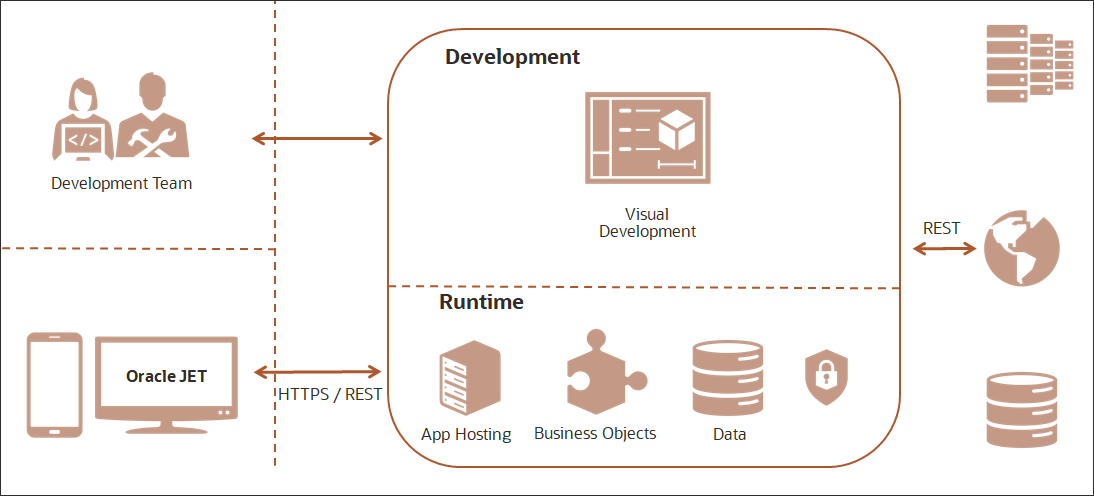
Elevating User Experiences: The Power of Seamless Mobile App Integration
In the dynamic landscape of technology, mobile app integration has emerged as a pivotal strategy for businesses aiming to enhance user experiences and stay ahead in the competitive market. This article explores the significance of seamless mobile app integration, shedding light on its benefits and the evolving trends shaping this transformative approach.
Understanding Mobile App Integration
Mobile app integration involves the seamless combination of different software systems, allowing them to work together cohesively within a mobile application. The goal is to create a unified and smooth experience for users, eliminating silos between various functionalities and providing a more holistic and user-friendly interface.
Breaking Down Silos for a Unified Experience
Traditionally, businesses utilized separate applications for different functions, resulting in fragmented user experiences. Mobile app integration breaks down these silos, enabling data and functionalities from diverse sources to seamlessly interact. This integration ensures that users can access a range of services and features within a single app, streamlining their interactions and boosting overall satisfaction.
Enhancing Functionality with Third-Party Integrations
One of the key advantages of mobile app integration is the ability to incorporate third-party services and features. This allows businesses to leverage the capabilities of external tools and platforms without requiring users to switch between multiple applications. Whether integrating payment gateways, social media sharing, or other specialized services, third-party integrations enhance the overall functionality of the mobile app.
Improving Efficiency and Productivity
Seamless integration contributes to improved efficiency and productivity within organizations. By connecting various internal systems, mobile apps streamline workflows, reduce manual processes, and provide real-time access to relevant data. This results in faster decision-making, increased collaboration, and a more agile response to changing business requirements.
Personalization through Integrated Data
Integrated mobile apps have the capacity to provide highly personalized experiences for users. By consolidating data from various sources, businesses gain a comprehensive understanding of user preferences and behaviors. This information can then be leveraged to offer tailored content, recommendations, and services, creating a more engaging and personalized user journey.
Realizing Cost Savings with Integration
While the initial investment in mobile app integration may seem substantial, the long-term cost savings are often significant. Integration minimizes the need for redundant systems, reduces manual data entry, and streamlines maintenance efforts. Over time, these efficiencies lead to cost savings, making mobile app integration a strategic and financially sound decision.
The Role of APIs in Seamless Integration
Application Programming Interfaces (APIs) play a crucial role in enabling seamless mobile app integration. APIs act as bridges between different software systems, allowing them to communicate and share data. The widespread adoption of APIs has facilitated the integration of diverse functionalities, making it easier for businesses to create robust and interconnected mobile applications.
Keeping Pace with Evolving Consumer Expectations
As consumer expectations evolve, the demand for seamless mobile experiences continues to rise. Businesses that prioritize mobile app integration are better positioned to meet these expectations and stay competitive. The ability to provide a unified, intuitive, and feature-rich mobile app experience is becoming a fundamental aspect of customer satisfaction and loyalty.
Future Trends in Mobile App Integration
Looking ahead, the landscape of mobile app integration is poised for further innovation. Emerging technologies such as Internet of Things (IoT) integration, artificial intelligence, and augmented reality are expected to play significant roles. Businesses that stay abreast of these trends and adapt their mobile app strategies accordingly will be well-positioned to lead in the ever-evolving digital marketplace.
To explore the transformative power of seamless mobile app integration, visit Mobile app integration. Uncover the latest trends, strategies, and technologies shaping the future of user experiences and business success.
